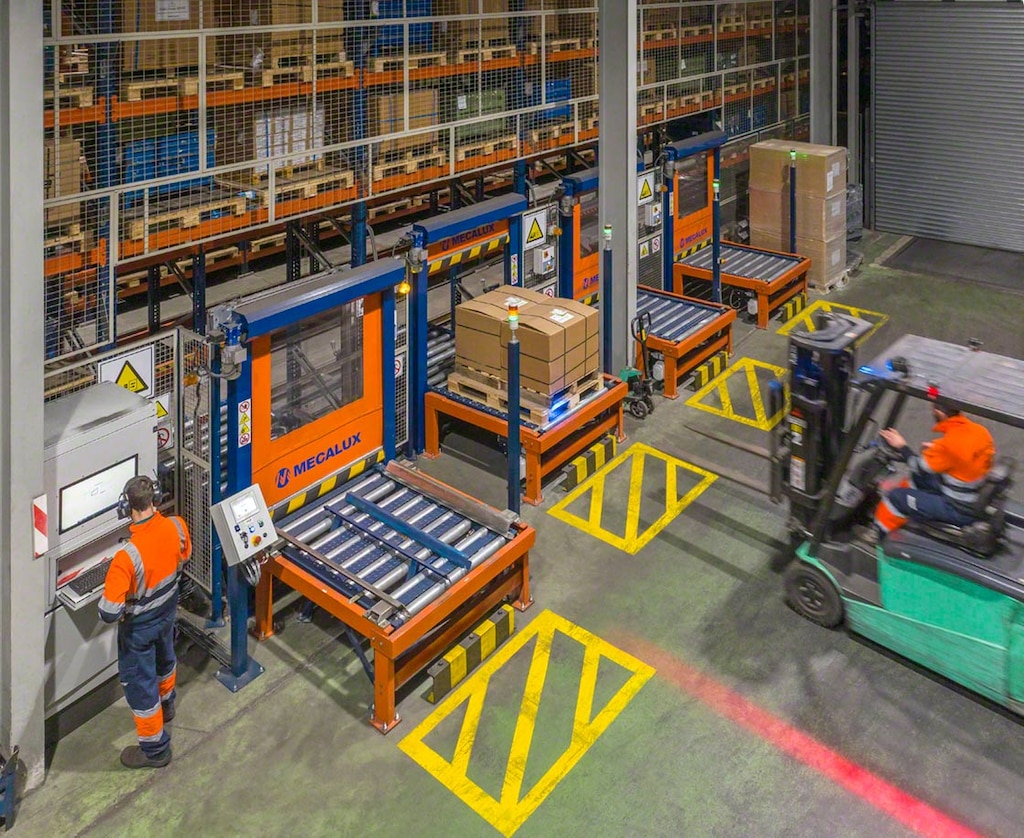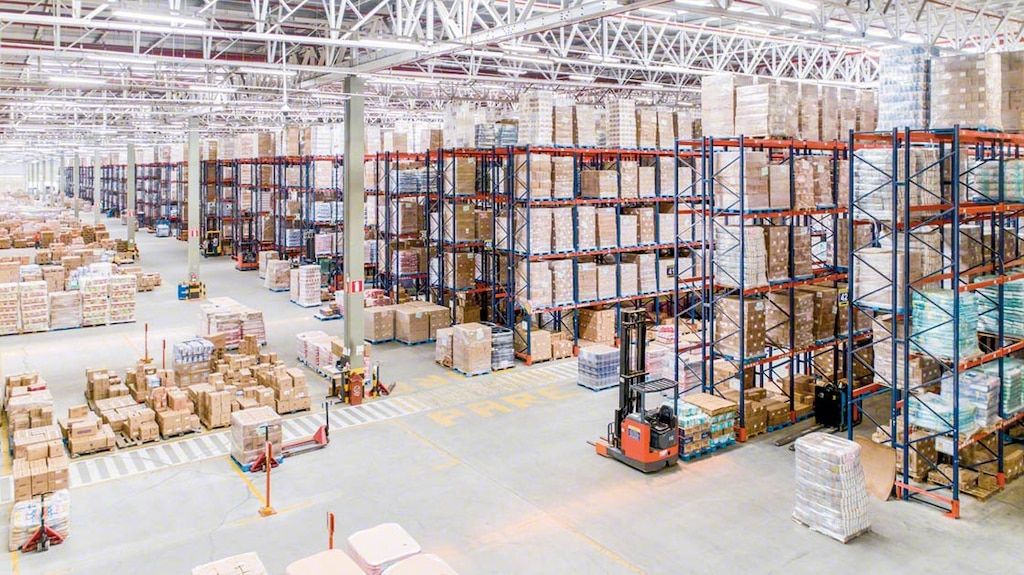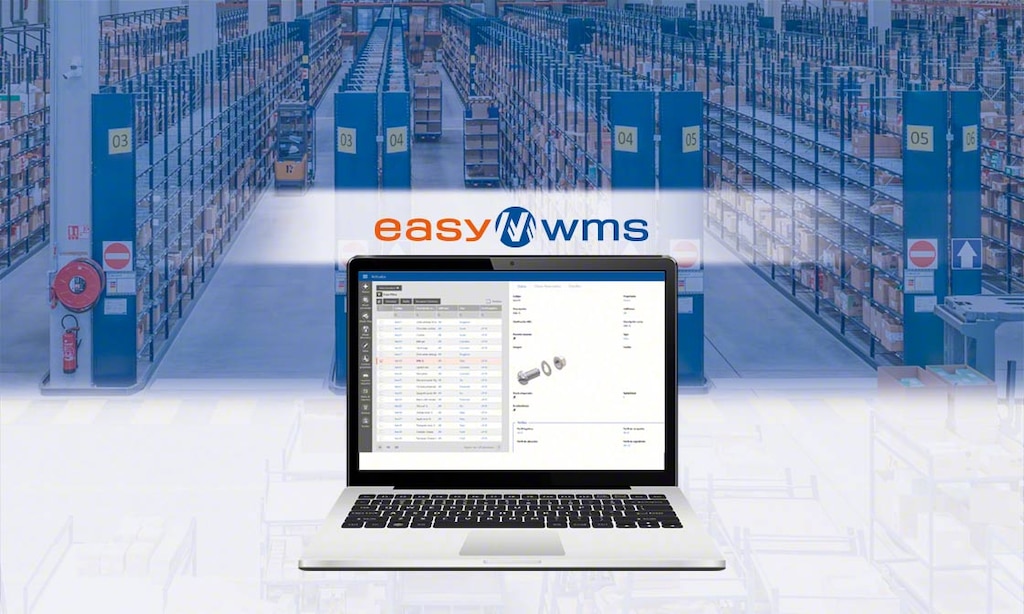
Types of inventory in logistics: classification and applications
There are different types of inventory in logistics, and they can be categorized according to different variables, such as the frequency with which they’re conducted or the SKUs included in each count.
So, what’s the purpose of taking inventory? Thanks to inventory control, it’s possible to detect errors and logistics issues, for instance, labeling mistakes, imbalances in the number of SKUs, and picking errors, among others.
But what are the different types of inventory, and how can we classify them? Which inventory types will best meet each need and scenario? We break it all down in this post, analyzing the different types of inventory according to tax period, product type, and function.
Inventory by tax period
These inventories refer to the time at which they’re carried out in relation to the company’s fiscal year:
- Beginning inventory: carried out at the start of the accounting period and before purchasing additional stock or making a sale.
- Ending inventory: done at the end of the fiscal year or the end of each year to know the resources and/or goods obtained after having carried out all business operations.
The ending inventory of a financial year determines the beginning inventory of the next tax period.
Inventory by frequency
Taking into account the regularity with which it’s done, we can pinpoint 4 types of inventory:
- Annual inventory: conducted once a year to confirm the results in the accounting records.
- Periodic inventory: carried out several times a year at prescheduled intervals, consists of counting all the SKUs stored.
- Cycle counting (or cyclical inventory): based on performing regular cycle counts, spread out throughout the year, of different groups of SKUs. As opposed to periodic inventory, this variety prioritizes the counting of certain SKUs over others (depending on their value, turnover, expiration date, etc.).
- Perpetual inventory (also known as real-time inventory): updated continuously, this registers the entry and exit of each item, reflecting the actual stock available in real time. It’s the inventory type that fosters Logistics 4.0, with digital management of information by a warehouse management system (WMS) and the implementation of automated storage and retrieval systems (AS/RS).
Every company will determine the frequency with which it conducts its inventory based on its needs and resources.

Inventory by product type
Inventory can also be subject to the type of product stored. Thus, we can distinguish between:
- Raw materials inventory: determines the available stock of raw materials used to manufacture the final product.
- Factory supplies inventory: registers all materials employed in the production process that, due to their nature, can’t be precisely quantified (e.g., nuts and bolts or paint).
- Inventory of products in the manufacturing process: includes semi-finished products, that is, those that are still in the production process.
- Finished goods inventory: accounts for already finished products available for purchase.
- Inventory of goods: takes stock of goods purchased to be subsequently sold, without making any modifications to them.
As we can see, the type of product will condition the choice of storage system to the way each operation is carried out, including the type of inventory conducted.
Inventory by function
Certain types of inventory can be categorized according to the function assigned to them. In this sense, we can distinguish between:
- Inventory in transit: quantifies the products and materials on their way to the warehouse or that have been ordered from suppliers. Sometimes, in situations where goods flows are slow, the products need to be moved over long distances, or the merchandise has to go through various links in the supply chain, inventory in transit can exceed stored stock.
- Safety stock inventory (or reserve stock inventory): records the products and raw materials the company has on hand to mitigate any issues in the production process, supplier delays, or unexpected increases in demand. This inventory constitutes the business’s safety stock, the purpose of which is to avoid stockouts.
- Seasonal inventory: accounts for the SKUs stored to satisfy future demands that are entirely foreseeable and usually seasonal. This predictability is what differentiates this from safety stock inventory, aimed at covering unexpected events.
- Decoupling inventory: used to separate the inventory required for two manufacturing processes with differing production rates. This way, each process works independently and with a certain quantity of goods.
Each type of inventory fulfills a specific function while satisfying a particular logistics need, for example, to supply production, receive goods from suppliers, or cope with a rise in demand.

Other inventory types
There are several other types of inventory to take into account:
- Inventory of regular or cyclical stock: records the SKUs needed to meet demand during replenishment.
- Dead stock inventory: covers SKUs that, for some reason (expiration, deterioration, breakage, etc.), cannot be sold. This type of inventory always results in losses.
- Available inventory: includes products that are available when required, either to meet a sale or supply production.
- In-line inventory: comprises SKUs about to enter the production line.
- Quarantine inventory: reflects SKUs that must be stored for a certain period of time before they can be used.
- Physical inventory: consists of manually counting one-by-one the SKUs to record.
Apart from the different types of inventory options available, it’s important to take into account the nature of the company and the business model.
Which type of inventory should I use?
The application of one inventory type over another will depend on the needs of your company and the resources it has to conduct it.
Therefore, before deciding on which type of inventory to carry out, it’s essential to analyze a number of aspects, such as the objective of the stocktaking, the type of SKUs stored, the business activity, and the specific dynamics of its operations.
In a warehouse with few SKUs and very low movement flows, for example, it would probably be enough to conduct fairly regular periodic inventories. On the other hand, in a facility with many SKUs and heightened daily activity, it would be best to implement perpetual inventory to prevent errors that impact daily operations.

Optimising efficiency: a common goal for all types of inventory
To sum up, there are different types of inventory, according to purpose, frequency, product type, and so on. Nevertheless, they all have one end goal in mind: to optimize the storage and management of stock to ensure the best possible service. For that reason, the main logistics challenge for any company is to choose the type of inventory that will maximize effectiveness.
In this sense, and despite the multiple logistics needs out there, automation constitutes a real logistics advantage. It not only increases control and accuracy, but also optimizes the time taken to complete inventory. The deployment of a warehouse management system such as Easy WMS guarantees the automation of various types of inventory, making the process quick and efficient.
Be sure to get in touch. One of our expert consultants will show you how Easy WMS can help you to automate inventory management, enhancing its effectiveness to boost your business.
